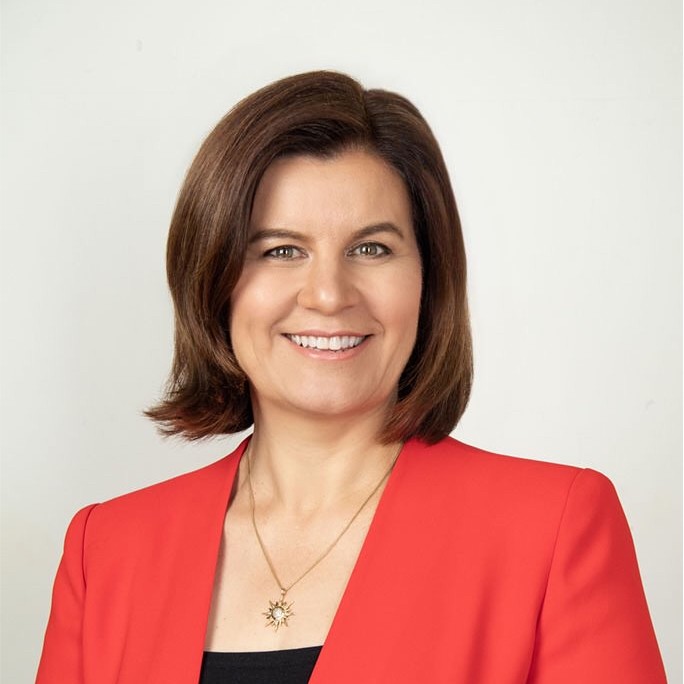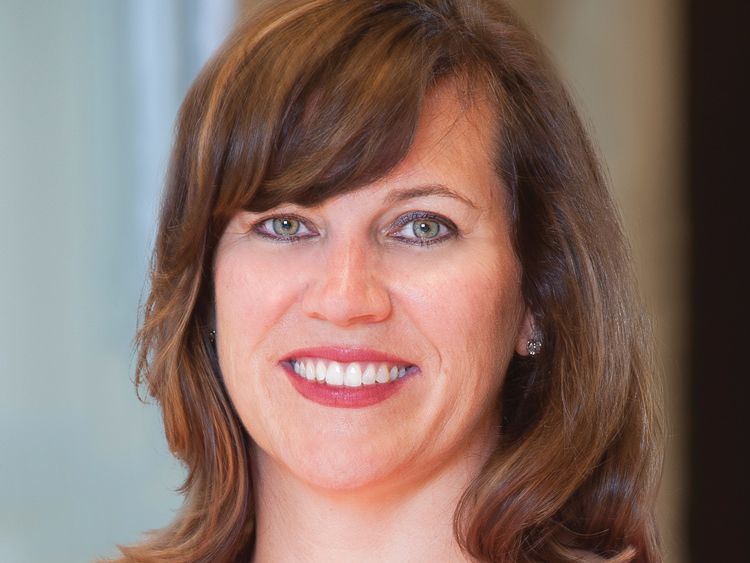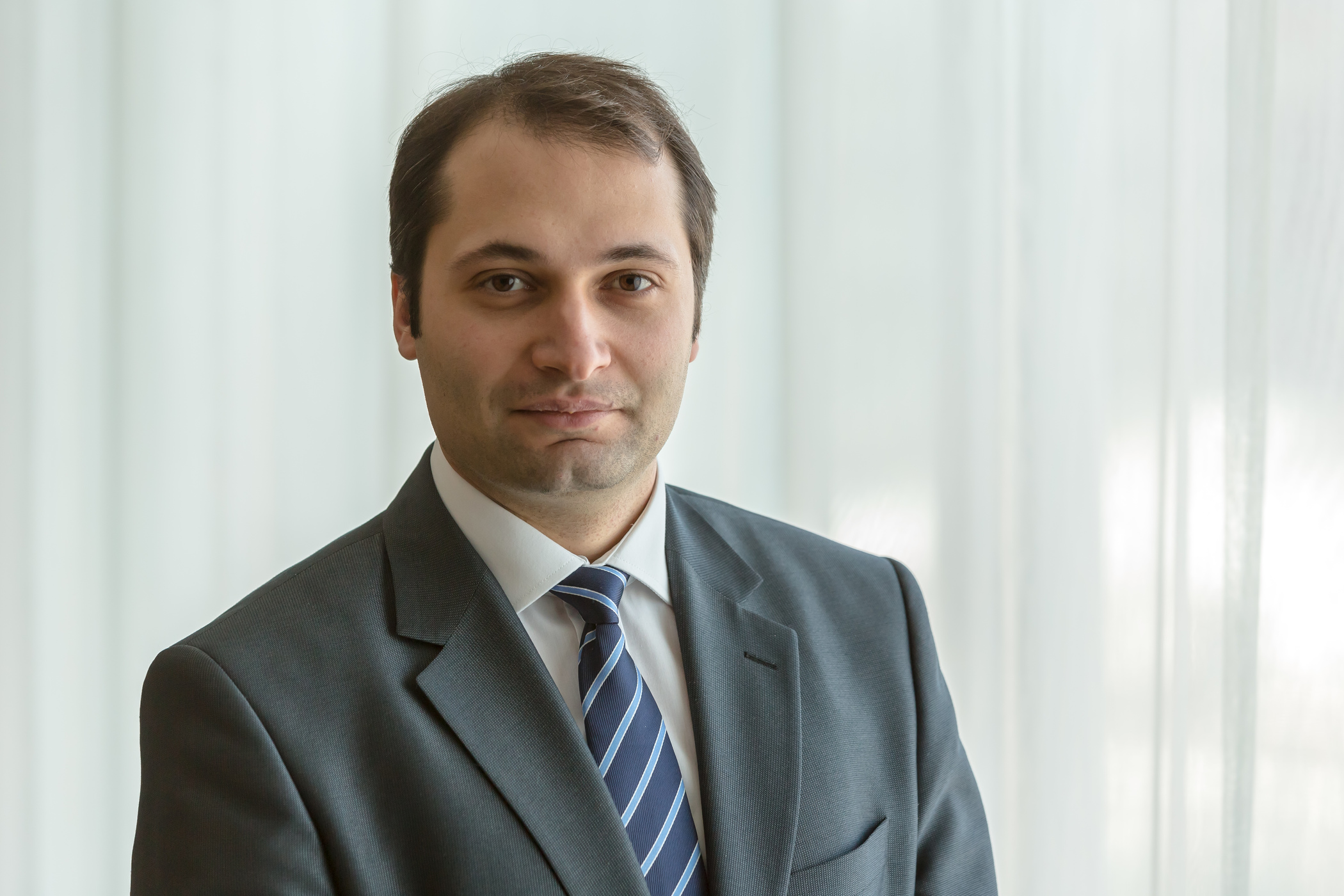What Will the Post-COVID World Be Like? More Debt, More Government, and More Asia
| By Meritxell Sedo | 0 Comentarios
The longest economic expansion and market upward cycle in history came to an end with the outbreak of the pandemic. A major part of this long extension of the cycle is explained by the superior performance of U.S. and technology sector equities, which have performed close to 10.8% over the past five years. In fixed income, investment grade corporate bonds and U.S. Treasury bonds provided the highest yields. At 5.7% and 5.6% per year respectively, they far outperformed European debt yields.
In looking ahead to the next five years, Pictet Asset Management believes it is inevitable to consider the long-term implications that the pandemic will have on the economy and the markets. Although it is still early to draw conclusions, Luca Paolini, the management company’s Chief Strategist, says that the pandemic has been more a factor in accelerating existing trends rather than a catalyst for new ones.
As the economy recovers from the impact of the Coronavirus, it appears that the underlying growth trends in the global economy have remained intact. However, Paolini highlights three aspects that, in his opinion, represent a change in this new phase of recession: more debt, more government interference, and more Asian leadership.
The significant increase in debt
Both the level of government deficits and the level of corporate leverage are at record highs. Currently, the level of public debt as a percentage of GDP in developed economies is close to 120%. This is close to the level experienced in the 1940s, but there is a difference. At that time, demographics were much more favorable and potential growth was stronger, making it easier to free oneself from the burden of debt.
The problem facing the global economy now is how to move forward with such a high level of debt in an environment where political austerity is no longer considered an option. At this point, it is necessary to keep in mind that when you start a cycle with a high level of debt it is very difficult to create growth. As Paolini explains, the most obvious solution is an accommodating monetary response to support government spending. After a crisis of great dimensions, the population is going to require greater social aid from the governments and this can be financed at a lower cost if the central banks maintain their accommodating policies.
Greater government involvement in the global economy
From the pre-COVID position in which governments played a regulatory role and private interests dominated, there is a shift to a new scenario in which the public interest is given priority. As a result, greater government intervention can be expected, both in terms of legislation, such as minimum wage issues, and in industrial policy issues, where sectors considered strategic will receive greater attention, seeking national autonomy and sufficiency.
A greater role for Asia in the global economy
The Asian region has clearly emerged stronger from this crisis. Their economies have a higher manufacturing component and a strong technology sector, something that has clearly played in their favor and made them more resilient. In the debt markets, Chinese sovereign bonds are proving to be a more interesting option than corporate debt in developed markets, as they are currently trading at a record spread against US Treasury bonds. The People’s Bank of China has been less expansionary than other central banks, so it has more room for maneuver and the risk of inflation is lower. Meanwhile, in the Chinese stock market, stocks show cheap valuations and the renminbi is also at favorable levels.
What is the next step for central banks?
Central banks in major economies have fewer and fewer instruments to try to revive the economy. The Federal Reserve, the European Central Bank, the Bank of England, and the Bank of Japan have all implemented quantitative easing programs including government and corporate bond purchases. All have offered subsidized loan programs to their banks and have kept indications on the future direction of their monetary policy (forward guidance). In addition, some central banks, such as the European Central Bank and the Bank of Japan, have experimented with negative interest rates.
Recently, the Fed has revised its inflation target and soon we may see the implementation of formal or informal instruments that exercise control over the yield curve. In Paolini’s opinion, the extreme version of monetary financing implied by modern monetary theory (MMT) is not ruled out for now.
With all this intervention, investors should be concerned about the possible impact that these actions by central banks may have on asset class valuations. The market consensus on this issue seems to be that, as central banks continue to issue money, asset prices can only go up. In Paolini’s opinion, this is a very simplistic version of reality, but he recognizes that the fact that central banks have injected a huge amount of liquidity into the markets is supporting valuations in a way that would have been unthinkable just a few months ago.
Equities remain more attractive than government bonds
A decade of qualitative easing and accommodative monetary policies has made it very difficult to find value in the markets today. For example, the dividend yield on the S&P 500 index is 1.6%, while the yield on US sovereign debt is 0.6%; if you take an average of these yields, the current yield on a balanced portfolio is less than inflation. Currently, most assets are at levels of valuation that would typically be associated with a period of expansion, while the reality is that we are in a period of recession.
Financial repression, understood as a situation in which bond yields are artificially kept below GDP growth, has undergone a significant change from the previous year. If the expectation a year ago was that bond yields would increase – even if not significantly – today interest rates are expected to remain lower for longer, with all the implications this has for financial assets.
Another issue to consider is that, although GDP growth and monetary stimuli are not very different from those seen in the last 10 years, there will be a significant change in regional leadership, especially in the equity market. If the undisputed leader of the last bullish market cycle was the United States, in the bullish cycle that began in March a rotation could be expected. As has been the case for the last 30 years, it is very likely that another market will start to pull the strings, so Paolini comments that it is a good time for the American investor to diversify his portfolios between Europe and emerging markets.
For Pictet AM’s Secular Outlook report, detailing key market trends and investment insights for the next five years, download here
Information, opinions and estimates contained in this document reflect a judgment at the original date of publication and are subject to risks and uncertainties that could cause actual results to differ materially from those presented herein.
Important notes
This material is for distribution to professional investors only. However it is not intended for distribution to any person or entity who is a citizen or resident of any locality, state, country or other jurisdiction where such distribution, publication, or use would be contrary to law or regulation. Information used in the preparation of this document is based upon sources believed to be reliable, but no representation or warranty is given as to the accuracy or completeness of those sources. Any opinion, estimate or forecast may be changed at any time without prior warning. Investors should read the prospectus or offering memorandum before investing in any Pictet managed funds. Tax treatment depends on the individual circumstances of each investor and may be subject to change in the future. Past performance is not a guide to future performance. The value of investments and the income from them can fall as well as rise and is not guaranteed. You may not get back the amount originally invested.
This document has been issued in Switzerland by Pictet Asset Management SA and in the rest of the world by Pictet Asset Management Limited, which is authorised and regulated by the Financial Conduct Authority, and may not be reproduced or distributed, either in part or in full, without their prior authorisation.
For US investors, Shares sold in the United States or to US Persons will only be sold in private placements to accredited investors pursuant to exemptions from SEC registration under the Section 4(2) and Regulation D private placement exemptions under the 1933 Act and qualified clients as defined under the 1940 Act. The Shares of the Pictet funds have not been registered under the 1933 Act and may not, except in transactions which do not violate United States securities laws, be directly or indirectly offered or sold in the United States or to any US Person. The Management Fund Companies of the Pictet Group will not be registered under the 1940 Act.
Pictet Asset Management Inc. (Pictet AM Inc) is responsible for effecting solicitation in North America to promote the portfolio management services of Pictet Asset Management Limited (Pictet AM Ltd) and Pictet Asset Management SA (Pictet AM SA).
In Canada Pictet AM Inc is registered as Portfolio Managerr authorized to conduct marketing activities on behalf of Pictet AM Ltd and Pictet AM SA. In the USA, Pictet AM Inc. is registered as an SEC Investment Adviser and its activities are conducted in full compliance with the SEC rules applicable to the marketing of affiliate entities as prescribed in the Adviser Act of 1940 ref. 17CFR275.206(4)-3.











